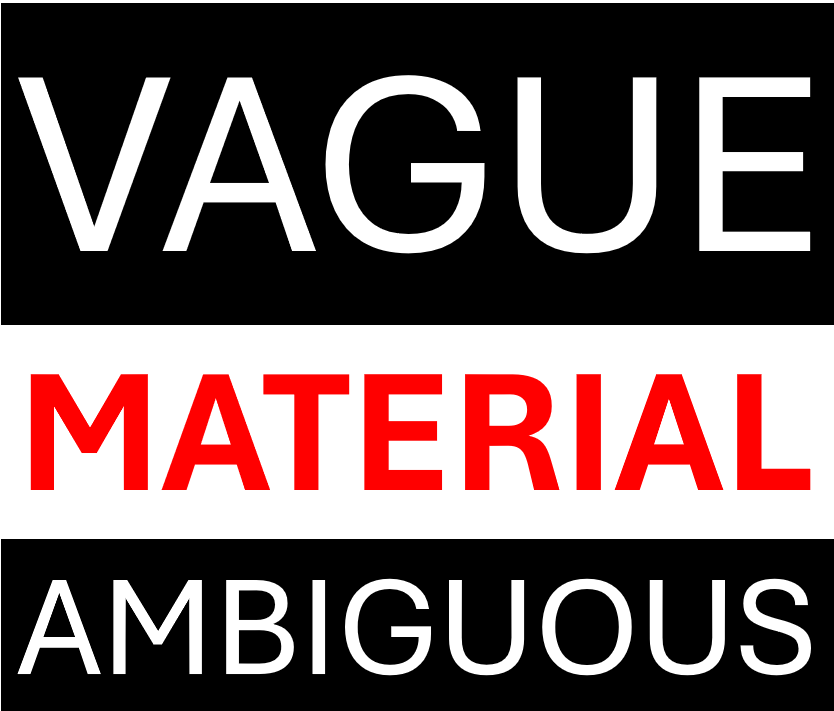
I belatedly noticed that Glenn West has written another Business Law Today article. This one is entitled On the Meaning of “Material”. In it, he cites my 2023 law review article The Word Material Is Ambiguous in Contracts, Why That’s a Problem, and How to Fix It. It’s nice that someone noticed it! 🙂
Here are a couple of thoughts prompted by Glenn’s article.
Yes, Material Is Ambiguous
It’s understandable that the Delaware Court of Chancery has limited itself to noting that—to use Glenn’s words—“a ‘materiality’ qualifier imposes a much lower standard for measuring the significance of a breach than does the term ‘material adverse effect.’” But no one should mistake that distinction for a feature. Instead, it’s a bug—the word material is not only vague, it’s also ambiguous. As I detail in my law review article, the result is uncertainty and confusion.
Courts are in the mucky business of resolving disputes over confusing contract language. They’re not in the business of scholarship, and they’re not in the business of recommending how to draft contracts more clearly. I’m in both of those businesses, so in my law review article, and in A Manual of Style for Contract Drafting, I recommend that in those contexts where using material is conducive to confusion, you use another way to express whichever meaning of material you wish to express—nontrivial or dealbreaker (whether using the word dealbreaker or a wordier alternative).
Nontrivial and Dealbreaker Are All You Got
Glenn is uncertain about the alternative meanings I propose:
But that stark dichotomy between material meaning simply “nontrivial” and its common-law meaning of an actual “dealbreaker” is not what most transactional lawyers are seeking to convey with the word material. Instead, it’s something a little more than the merely “nontrivial” meaning and a lot less than the “dealbreaker” meaning.
He goes on to contemplate using “numerical thresholds,” such as “five percent.”
If you can use a numerical threshold, congratulations—you’ve escaped the clutches of vagueness! The rest of us have to manage vagueness the best we can.
In that regard, I’m not sure it’s feasible to assess what most transactional lawyers are seeking. And even if it were, in the absence of numerical thresholds, it’s likely that all you’d get is vagueness stew. Lawyers and judges a prone to coming up with a lot of vague words in trying to articulate what a vague standard means, as if at some point that will cause the vague standard to magically stop being vague.
Contracts call for vagueness that ties an increase in importance to a change in incentives—what I call “inflection-point vagueness.” That’s distinct from what I call “free-floating vagueness,” as exhibited by minor (at the lower end) and significant, important, and substantial, among other words (at the higher end). In the case of free-floating vagueness, it’s not clear what quantum is involved. How far down from the maximum can you go before something stops being substantial? How far up from the minimum can you go before something stops being minor? Even if you think you know the answer, it’s a matter of chance whether the other party feels the same way.
Regarding inflection-point vaguness, one inflection point arises when something becomes important enough that it would matter to a reasonable person in the position of the party in question. The other obvious inflection point for establishing importance relates to transactions, and it occurs when something is important enough that the deal depends on it. Hence nontrivial and dealbreaker.
You don’t like nontrivial and dealbreaker? Well, that’s all you got. You have no basis for assuming that using instead your own private, arbitrary standard will work out for you.
